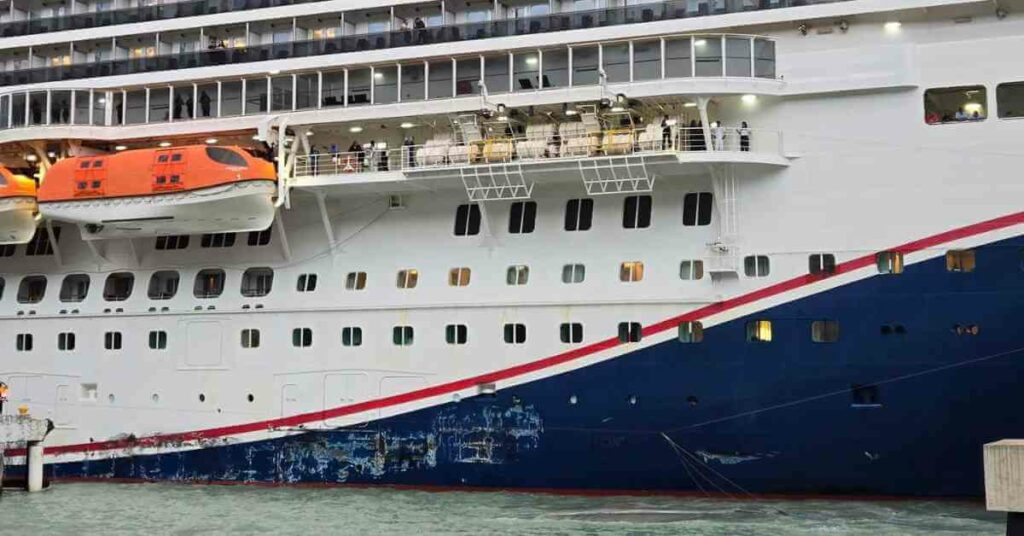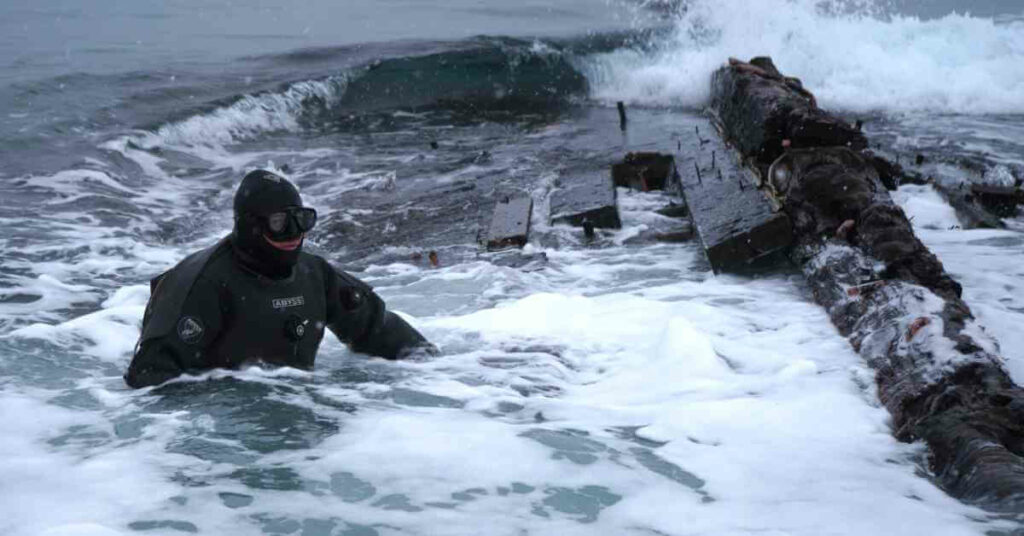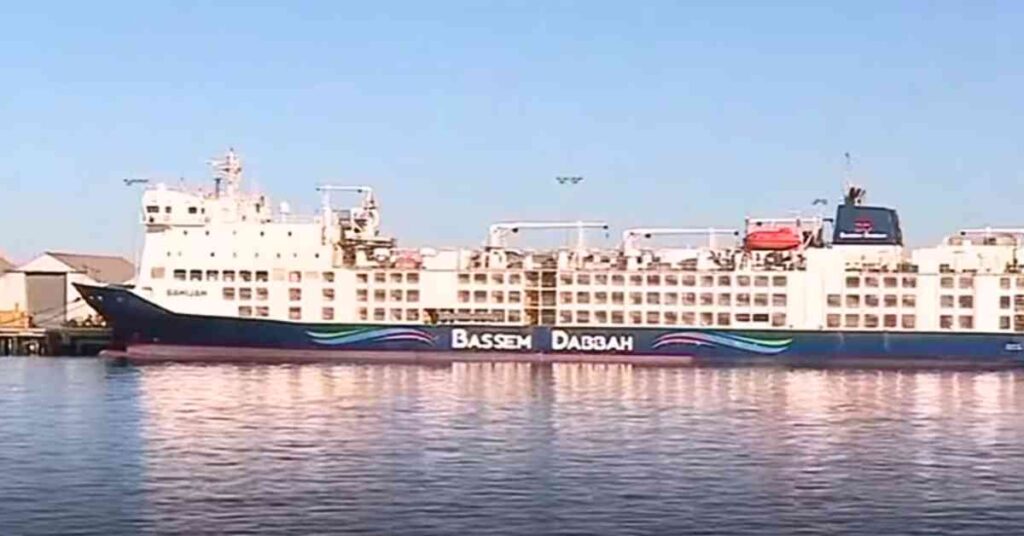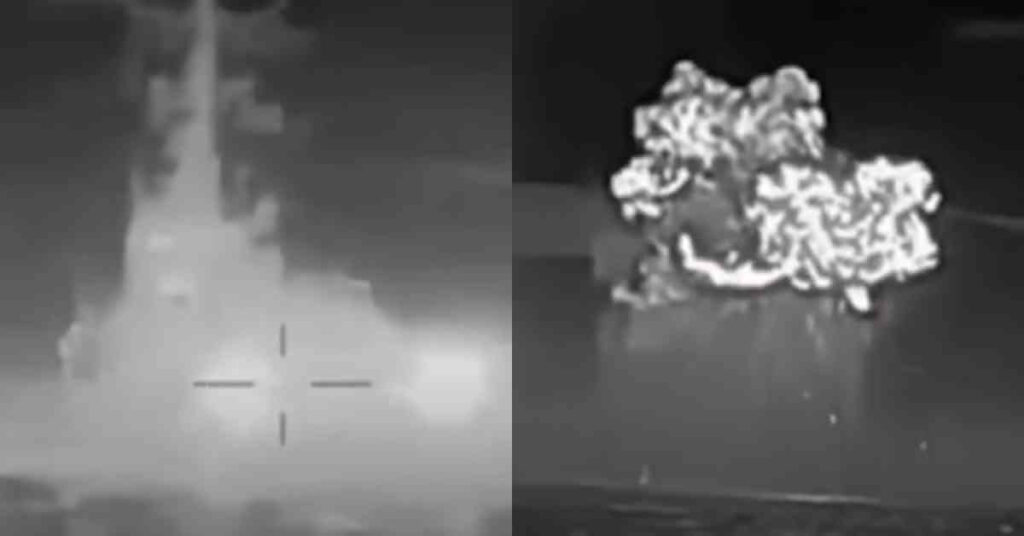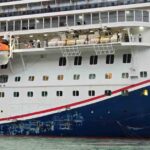Watch: The Untold Story of Andrea Doria – The Sinking and Loss Of 46 Lives
Ask anyone about the sinking of a ship and there’s one answer that’d be common from all sources: Titanic. Thanks to Hollywood, the general mass is well aware of the tragic incident that occurred and the consequent bloodbath.
But, there are numerous shipping accidents that don’t receive public attention. Andrea Doria and its consequent sinking was one such incident.
The story takes us to almost 40 years after the Titanic incident. The Andrea Doria was a 213m long ocean liner, with a passenger-carrying capacity of 1241. She was able to achieve a speed of 23 knots, owing to her twin propellers and steam turbines, indicating that the ship was far from being the fastest ocean liner at the liner.
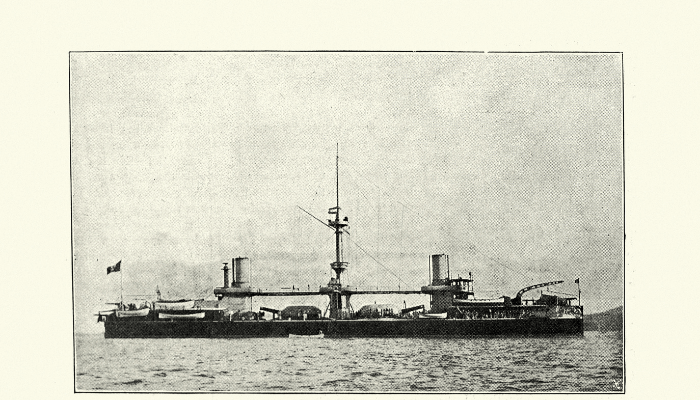
Fast forward to the 17th of July,1956. The ship departed from the Italian city of Genova, with a passenger count of 277. The ship then travelled to a multitude of Italian cities, before crossing the Mediterranean Sea and making a final stoppage at Gibraltar. The ship then set out on a voyage to New York.
However, in this story, we don’t have icebergs or rocks to add to the story like Titanic. Instead, this story directly involves another ocean liner, something that had a direct role in the sinking.
The Swedish-American ocean liner, named Stockholm, is the second ship in the story. The ship departed New York, sailing eastwards from the US mainland towards the Swedish city of Gothenburg.
In comparison to the Andrea Doria, the ship was much smaller in size, with an approximate length of about 156m, built to carry around 400 passengers.
The ship left for Nantucket Lightship. Now, any navigator who has experience in operating in these treacherous waters knows about the existence of the Nantucket shoals, a region in the Atlantic having dangerously shallow waters.
Nowadays, this shipping route has designated corridors which are used to avoid collision of ships. But in the 50s, ships made sure that they were sailing south of the shoals.
Fast-forwarding to the D-day evening, Andrea Doria was en route to New York from the east. The weather had taken a sharp turn for the worst, with the prevalence of fog all around. To prevent any confusion, the navigating officers on board the ship were constantly sounding the horn, whilst making the ship cruise at a slow speed.
Because of no visibility, the only information the ships had of each other was via their Radars. Back in the 50s, commercial Radars were a lot inaccurate, partially due to the absence of electronic acquisition targets in commercial radars.
Industry experts predicted that the vessels had detected each other’s presence amidst the fog, but none of them knew what was coming for them.
As a result, neither of them saw that they were heading for a head-on collision up until they were near visibility range. But alas! It was too late.
In a last-ditch attempt to save the ships from a collision, both the ships turned sideways. Stockholm crashed into Andrea Doria, penetrating half into the latter’s hull.
Immediately, the starboard side of the Andrea Doria saw flooding in the damaged tanks, making the tilt on the starboard side. Stockholm suffered relatively much less damage, making her tilt over to the starboard side.
Engineers onboard attempted to empty water from the starboard side, but the water entry rate was just too fast.
The captain, with a heavy heart, decided to abandon the ship within 30 minutes. But the ship required help from external authorities for complete evacuation of the ship, forcing the captain from giving the final order to do so.
Fortunately, the collision happened in close proximity to the US coast, assisting the ship in its rescue. It included Stockholm(after it was assessed that the ship had suffered relatively limited damage).
Numerous ships received distress calls from the ship. This included a nearby freighter, 2 US Navy ships, and a US Coast Guard vessel.
Unfortunately, 46 people lost their lives in the dead of the night when the rescue was taking place. Even though the toll was much lesser than the Titanic, the very fact that this occurred due to a technical fault, putting a big dent on the existing Radar technology of that time.
Video Credits: Casual Navigation – YouTube
Marine Insight does not own the rights of the video.
Do you have info to share with us ? Suggest a correction
Latest Videos Articles You Would Like:
- Cruise Ship Damaged Due To Severe Weather, Passengers Stuck Abroad
- Archaeologists Examine 19th-Century Shipwreck Found On Canadian Coast
- Australia Stops Livestock Ship From Sailing Around Africa To Israel Amidst Houthi Attacks
- Iran Warns U.S. Of Targeting Cargo Ships Following Latest Airstrikes On Houthis
- Watch: Ukrainian Forces Destroy Russian Missile Boat In Black Sea Operation
- Two Dead After Tragic Collision Between Water Taxi And Passenger Ferry In the Philippines
Subscribe To Our Newsletters
By subscribing, you agree to our Privacy Policy and may receive occasional deal communications; you can unsubscribe anytime.



